Calina Foundation opened its new space Kunsthalle Bega on April 12, 2019, at the initiative of Alina Cristescu, Liviana Dan and Bogdan Rață. The name of the new institution reveals a focus towards an international audience which is common in Timișoara’s recent cultural strategies. However, more important than its name is the exhibition space itself, a generous post-industrial warehouse on 10 Circumvalațiunii Street – still a rarity in Romania’s landscape of abandoned factories.
Space is also the focus of the exhibition curated by Liviana Dan, titled Seeing Time[i]. Eleven emergent artists, either students or recently graduated from the Arts and Design Faculty of Timișoara have spent several months working in the same place as the one they exhibited in, participating in a kind of residency intensive-programme with Liviana Dan, imagining a common dialogue between their works. Each approach is distinct, through renditions of sculpture-objects, object-paintings, painting-installations, video-installations.
The challenge seems to have been to reveal the space without overwhelming it with artworks, to unpack various exhibition solutions without establishing a definitive discourse, to make an exhibition that opens up towards other possibilities of imagining the next ones. To this extent, the experience and the vision of curator Liviana Dan were essential in creating a coherent visual trajectory throughout the show.
Artist Cătălin Bătrânu sets the rhythm with an entrance mural set unto the high ceiling of the building, painted in the colours of an anaglyphic system, a 3D red and blue work, breaking free from the white cube paradigm. It also mediates nicely between the construction site outside the Kunsthalle and the artworks inside. Each other artist conscientiously takes on the role of deconstructing the exhibition space. Dona Arnakis for example, chooses an offhanded way to exhibit her drawings stuck with paper duct-tape on the walls, only to then root paper installations into a forest of palm-trees. Bogdan Matei also has an interesting intervention in which the graphic sign is cutting its way into the space in three-dimensional form.
Seeing Time turns out to be a fragmented experience, which in this case is a good thing since each artist gets to make an impression with the audience, contributing to a group effort of exploring the boundaries of the site. I will not delve into all the artworks, but I would like to mention Andrei Pituț’s installation of twisted metal-work and geometrical shapes of wooden panels slithering its way through, invoking a dynamic presence, a way to imagine more performative and transformative installations in the newly launched Kunsthalle.
Silvia Moldovan’s work succeed in escaping the discourse on unpacking-the-space with a series of totemic bird-inspired sculptures and installations. Appropriately dispersed towards the large, uncovered windows they were set towards the end of the exhibition-experience. The visitors thus momentarily become captive in a tall structure, a cage-like house, a panopticon for the giant pigeons spying down on them. Via a video-installation the audience is forced to bend their necks backwards to watch the curious bird-eyes pecking at them from inside the cage.
Besides its inaugural context, Seeing Time approaches the theme of sculptural-installations and their dialogue with painting, drawings, video-art or sound-art. Liviana Dan intuits a moment of sculpture of which boundaries are becoming more and more diffuse in rapport with other artistic mediums. The exhibition as a process, Seeing Time does not aim at answering questions regarding the future experimental directions of the new institution it inaugurates, nor of what does Kunsthalle mean in the Romanian context. Instead, the poetical reference to George Kubler’s book marks a conceit to the materiality of artworks, drawing attention to artistical transformations and processes.
Certainly, many artists and curators will jump to the opportunity to flex their creative muscles in such an accommodatingly large space, to explore new artistic production means. Installations such as these present in the exhibition alone are difficult to imagine in other spaces available on the Romanian art-scene. Beyond the possibilities of the space, I would like to see a continuity to this first show, the more experienced curators and artists working together with emergent artists and curators – a conversation in time about the importance of the line, a responsive reaction to the exhibition-invitation of Liviana Dan.
For now, the future plans of the Calina Foundation include the award BEGA ARTPRIZE for young curators (up to the age of 40) and the readers of the online bookstore www.p-u-n-c-h.ro will be glad to explore their books at their first physical location at the Kunsthalle Bega.
[i] The name of the show is inspired by the book The Shape of Time: Remarks on the History of Things, by George Kubler, published in 1962 at Yale University Press.
Seeing Time is on view at the Kunsthalle Bega, in Timișoara, Romania during 12.04 – 12.07.2019
Artists: Dona Arnakis, Cătălin Bătrânu, Lera Kelemen, Elena Langă, Bogdan Matei Andreea Medar, Silvia Moldovan, Andrei Pituţ, Ana Maria Szőllősi, Ion Toderașcu, Bogdan Tomșa.
Curator: Liviana Dan
POSTED BY
Cristina Stoenescu
Cristina Stoenescu (b. 1989, Bucharest) started from Political Sciences with a paper on the Union of Visual Artists. She continued to study art in two consecutive master programmes in Bucharest and Ma...
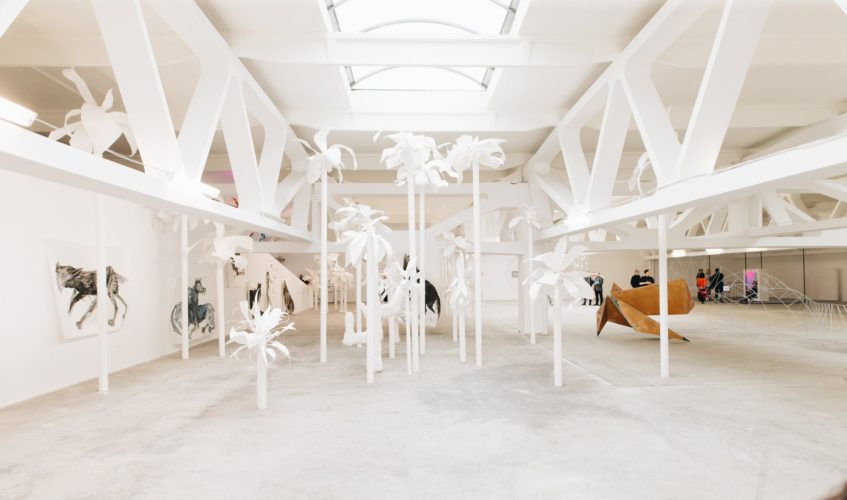
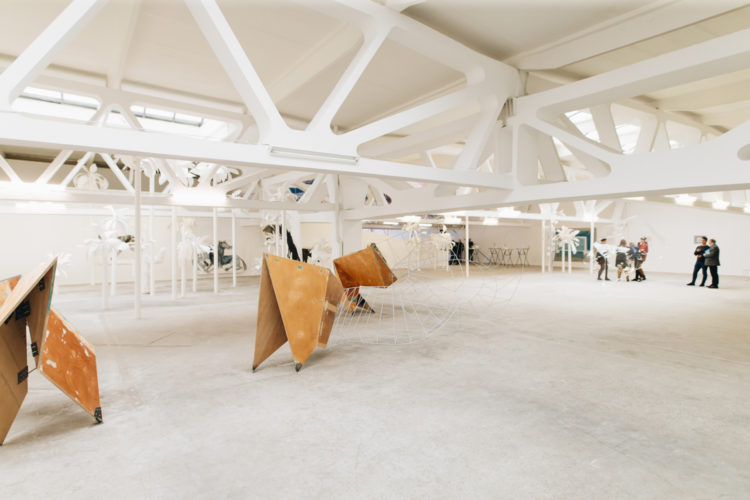
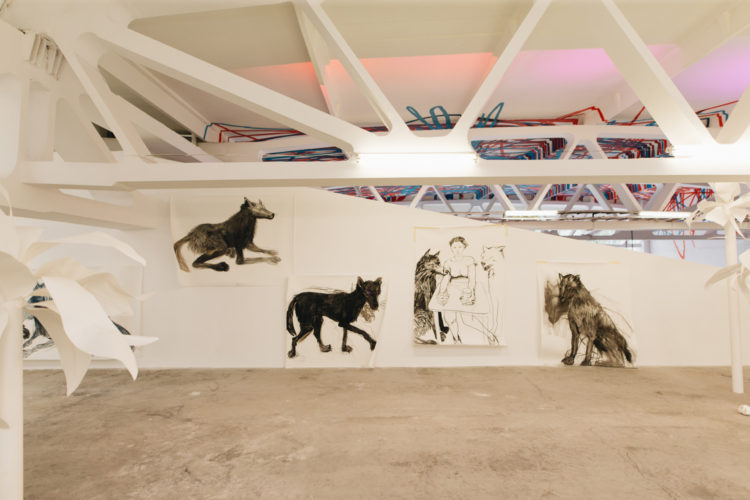
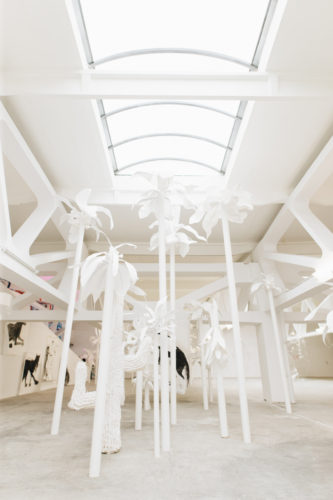
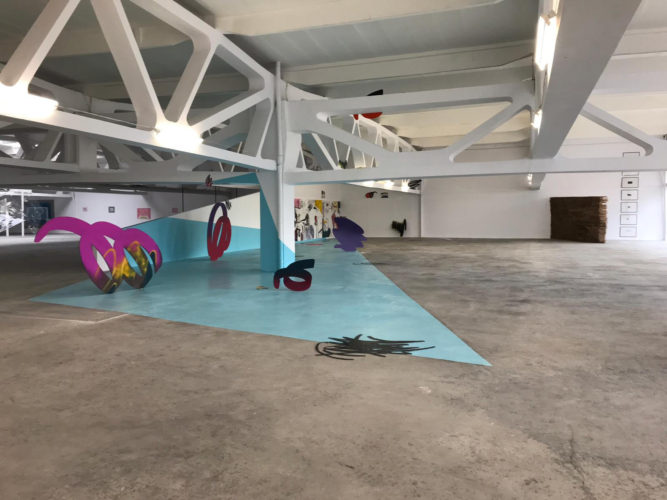
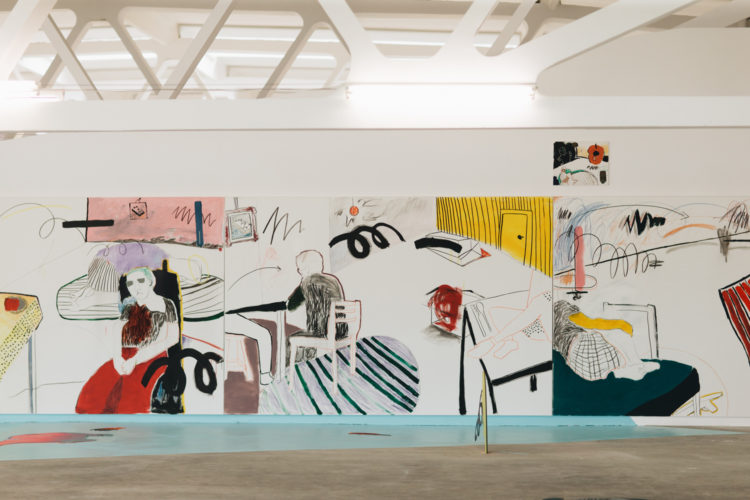
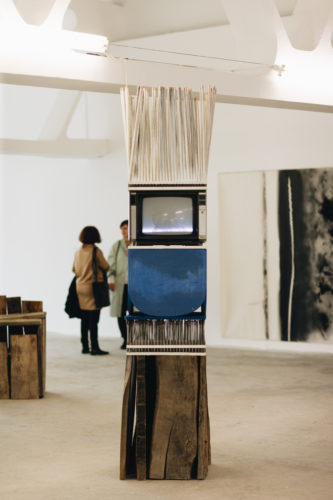
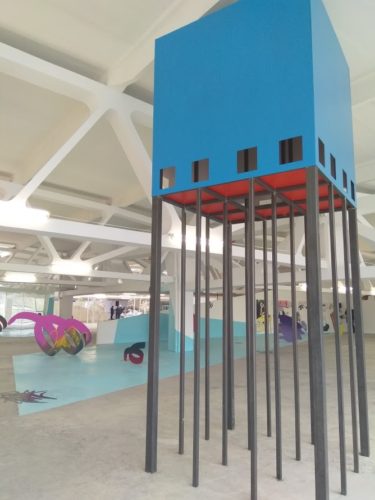
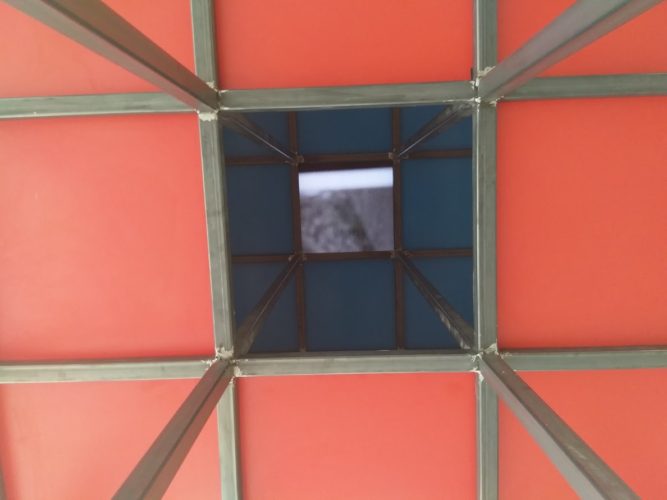
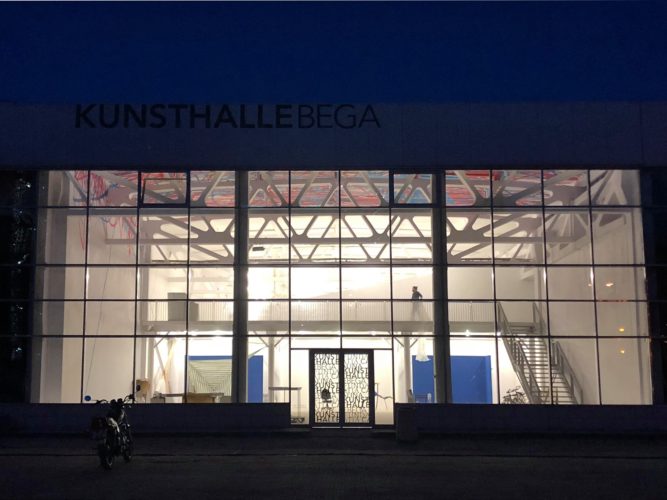

Comments are closed here.